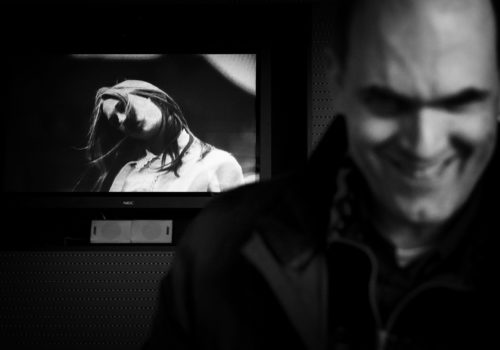Objectives Objectivity is an exhibition that presents photographs coming from two areas of research – art and science. It reflects, on the one hand, on the desire to interpret the real in terms of artistic expression, as a result distancing itself from this reality, and on the other, the need to get close up to conduct scientific analysis to understand its significance. From these two opposing visions arise nonetheless aesthetic considerations which sometimes serve to unite them. The question of research and innovation naturally follows this theme.
What is the relationship between artistic research and scientific research?
The exhibition is introduced by Eugène Atget and Berenice Abbott who immediately raise the question of objectivity in photography, given that these two artists claim to be witnesses of their time. Photography here is documentary, conserving traces of the past, with the idea of the “inventory” or “collection” of Atget, and the concern for the real, to capture the “instant that disappears” of Abbott, who later became interested in scientific photography. As a counterpoint to this intentional objectivity, are works by Bernard Plossu and Jan Dibbets, two photographers who have clearly chosen a subjective way of working. The exhibition continues with works by contemporary artists from different countries, generations and notoriety, each with their own aesthetic and specific techniques, from analogue to digital. These photographs showcase the diversity of photography today. Without abandoning its documentary role, photography has diversified in its functions and trends. Creative photography has been emancipated from the traditional role of simple witness of reality. The work comes out of an act of composition which, at times, goes beyond the shot itself through postproduction work.
In the case of artistic research, the image is constructed out of a project or search for innovation. This diversity of points of view is further accentuated by the images that result from scientific research. The intentional objectivity of these photographers is, of course, inherent in their code of professional ethics. However, scientific photography isn’t simply a passive recording of reality. It puts the object “on centre stage” and records the effect of different processes, for example, coloration. It provides models for research, photographic representative models that appeal to the research photographer’s creativity. The results sometimes possess a surprising aesthetic that provides interest beyond their initial purpose.
Objectifs Objectivité
Until February 24, 2012
Officine Fotografiche
via G. Libetta, 1
Roma
















